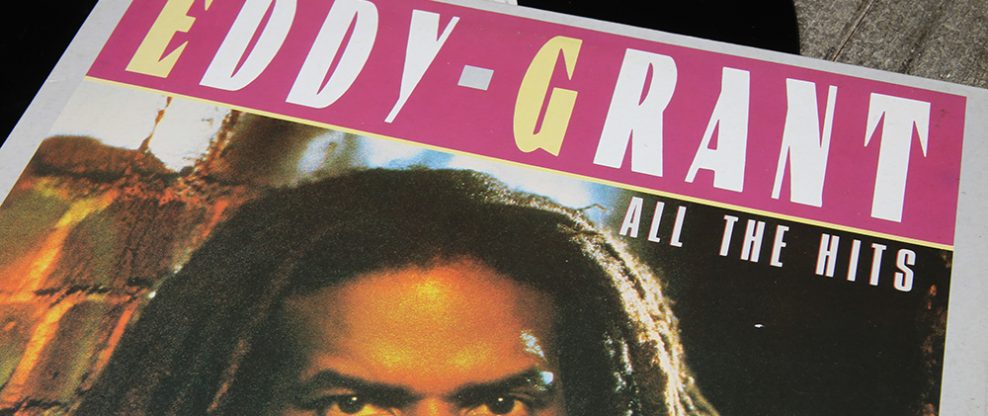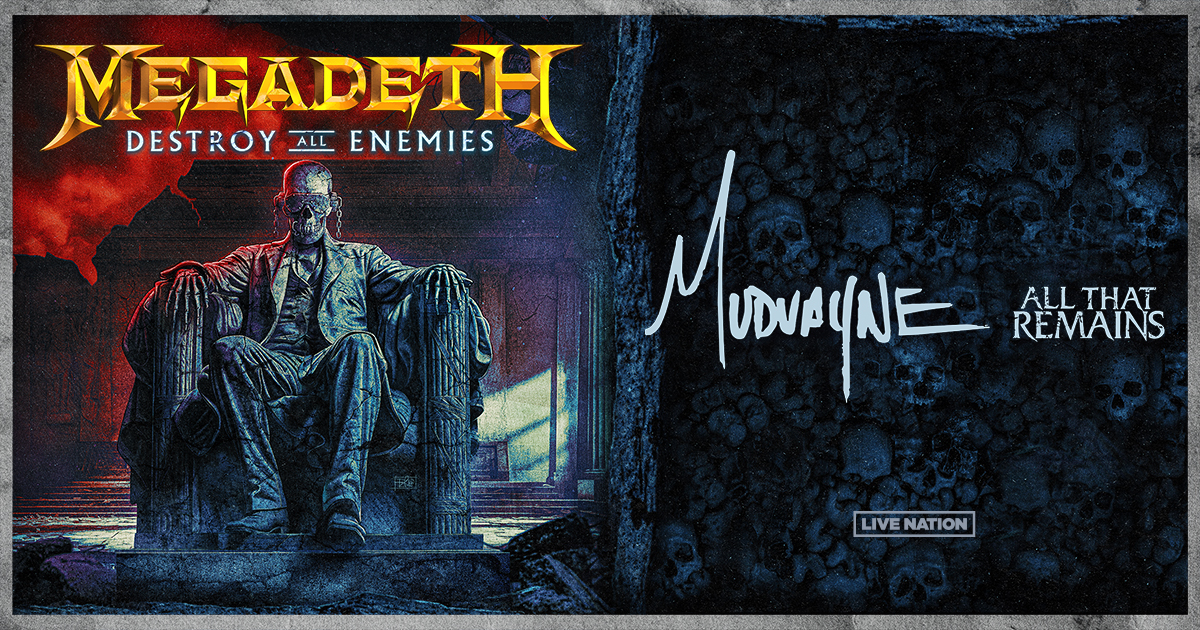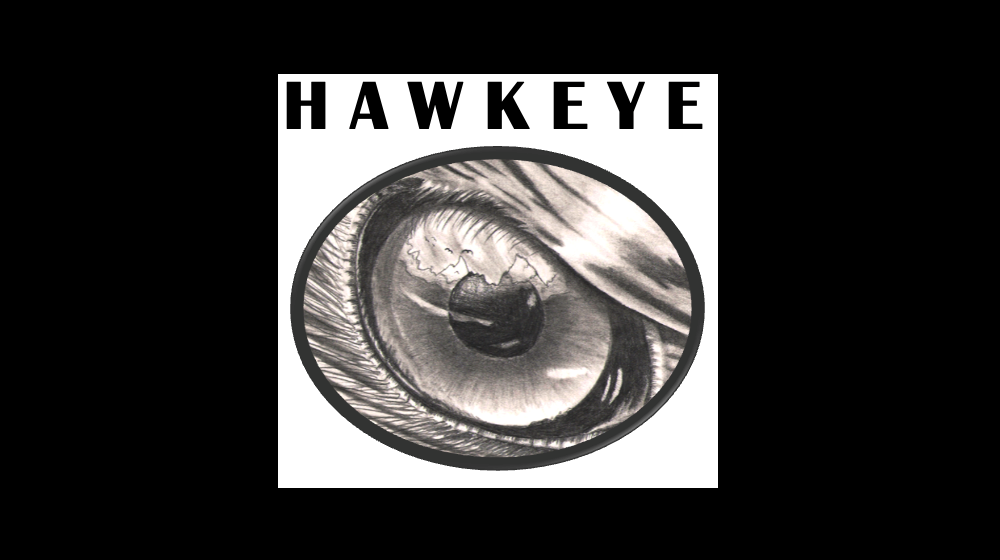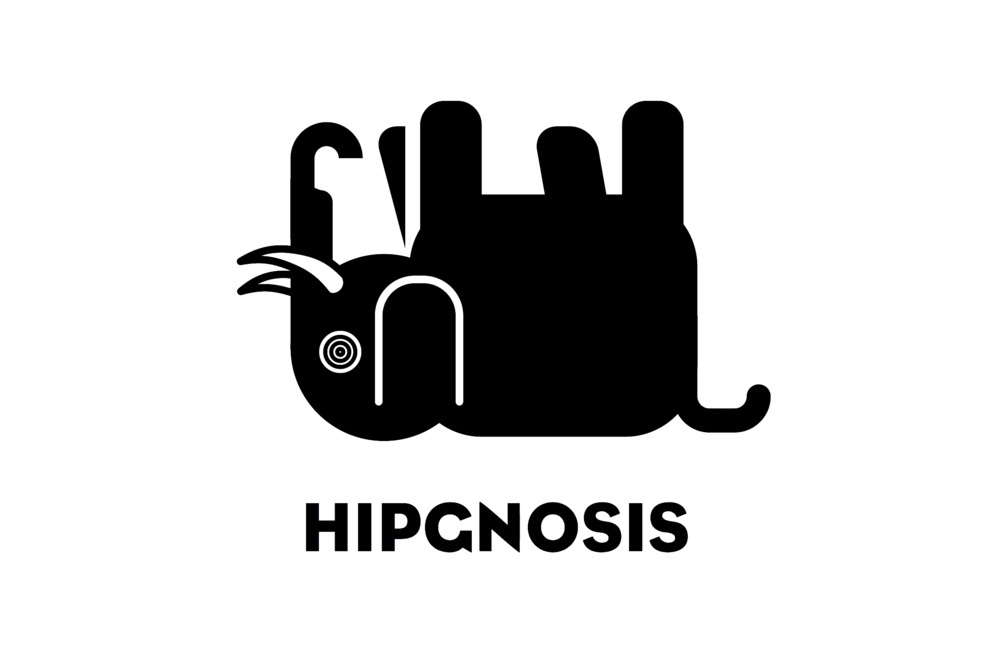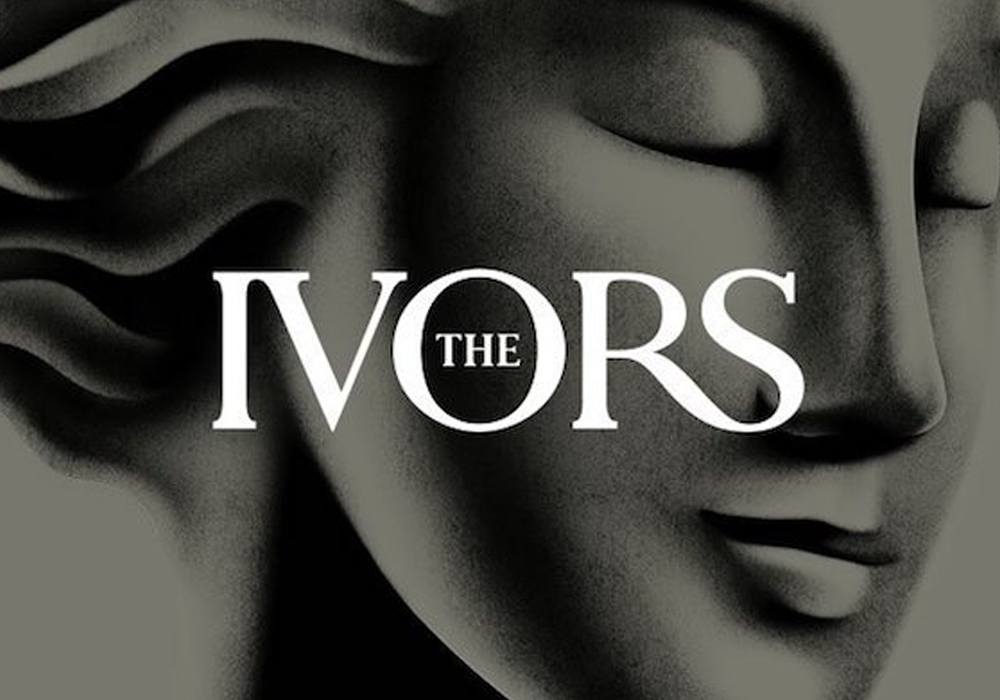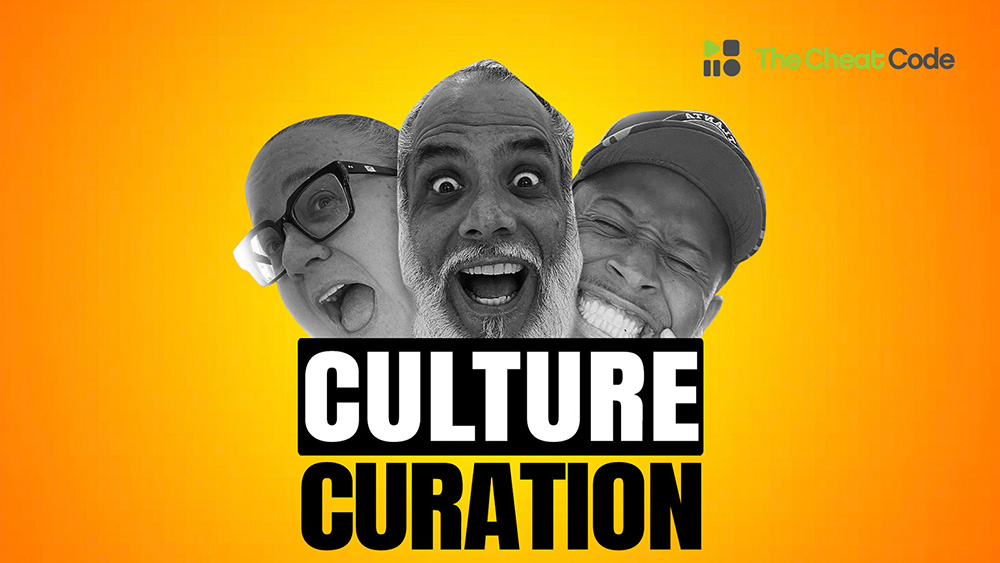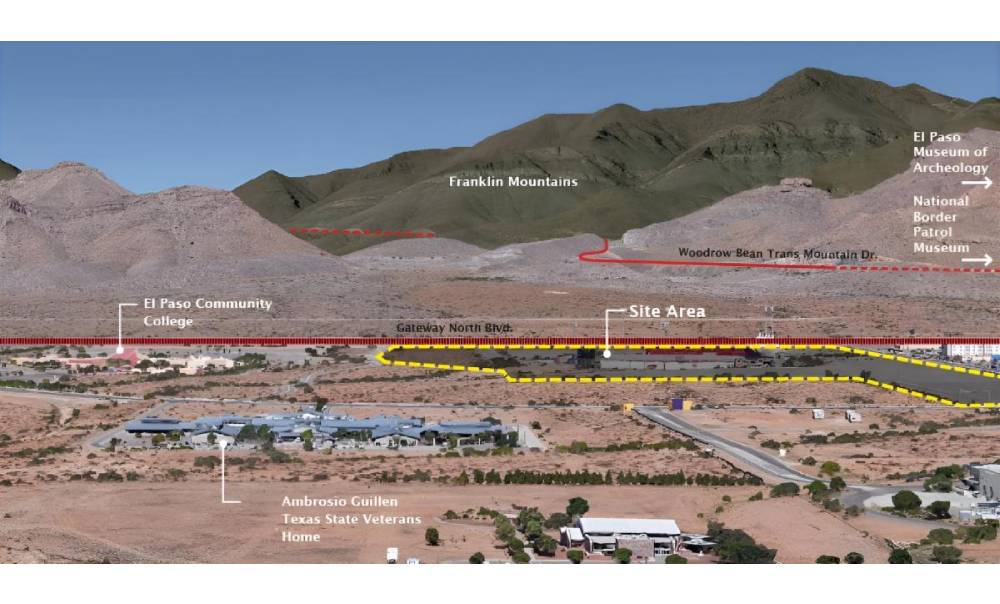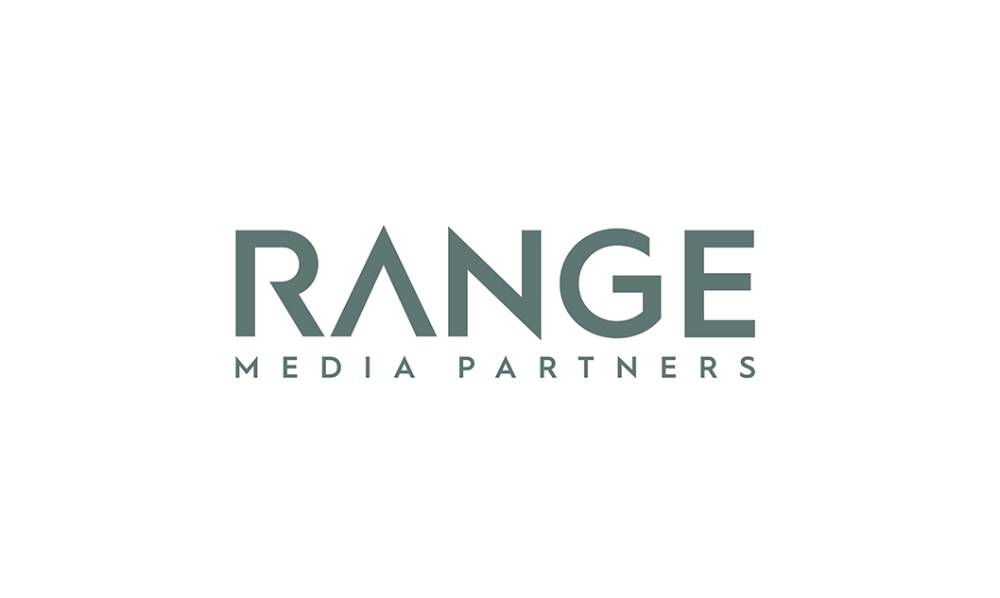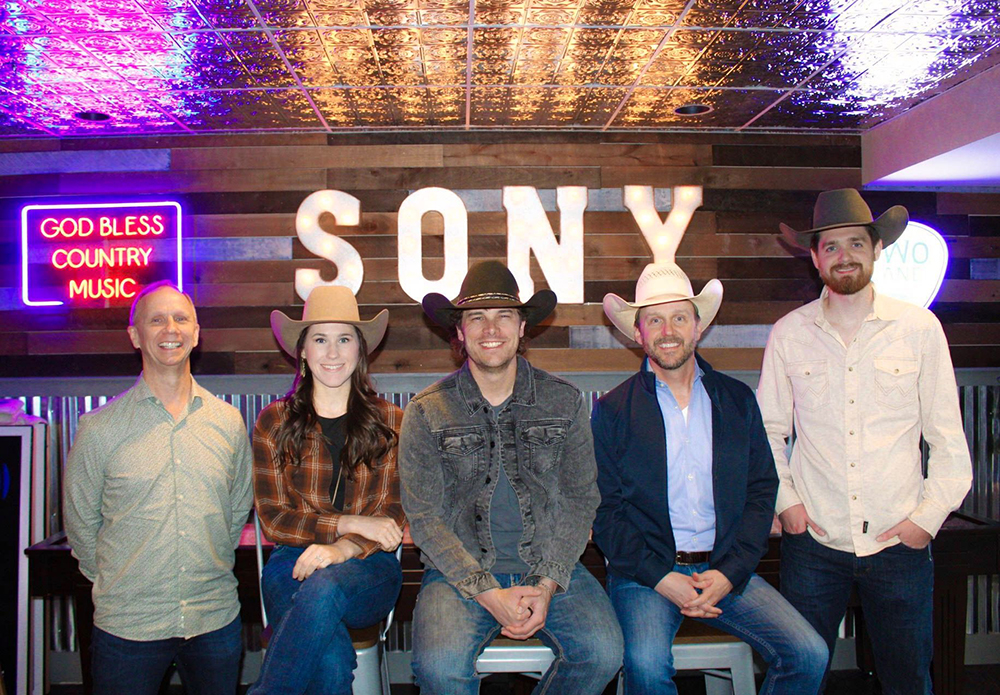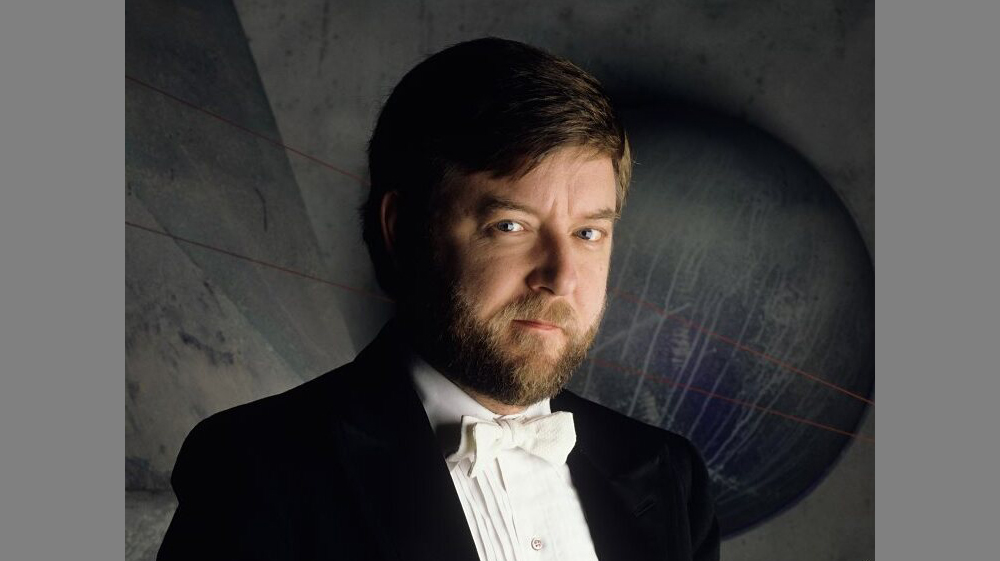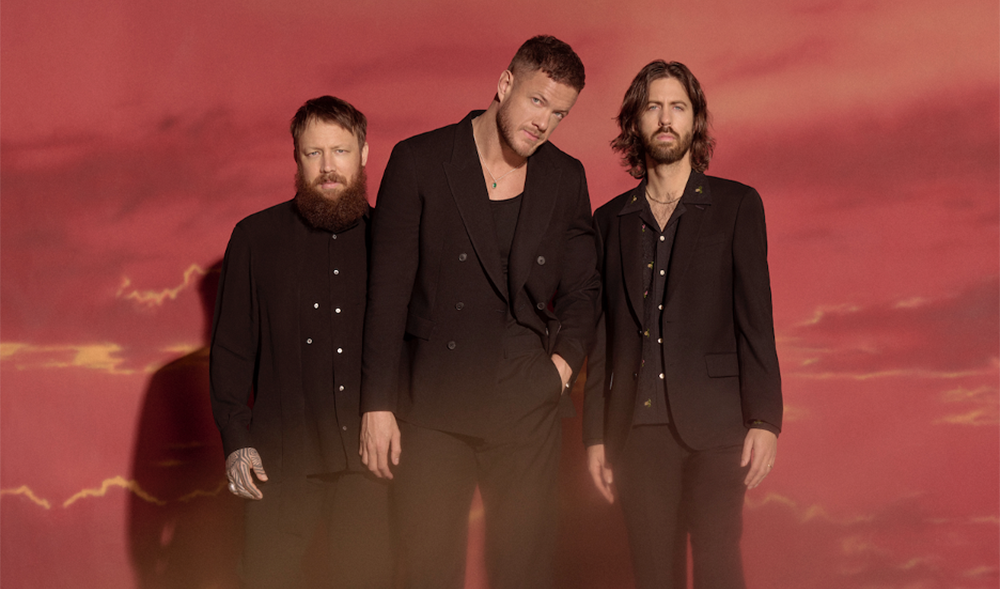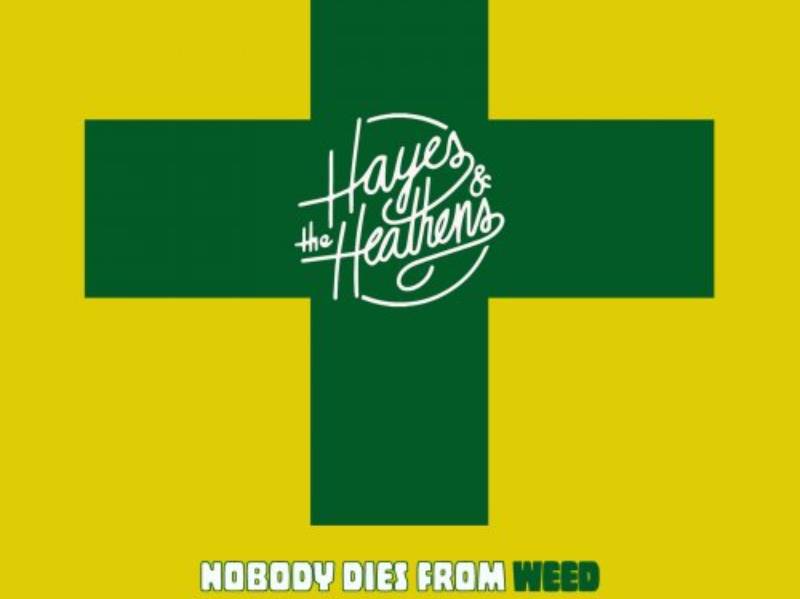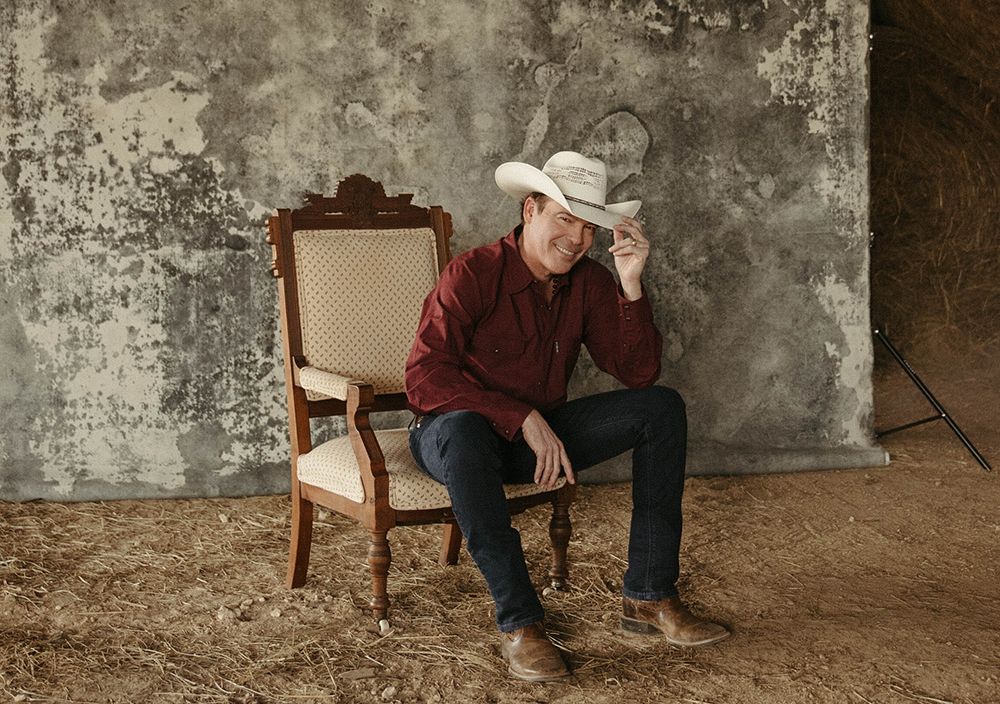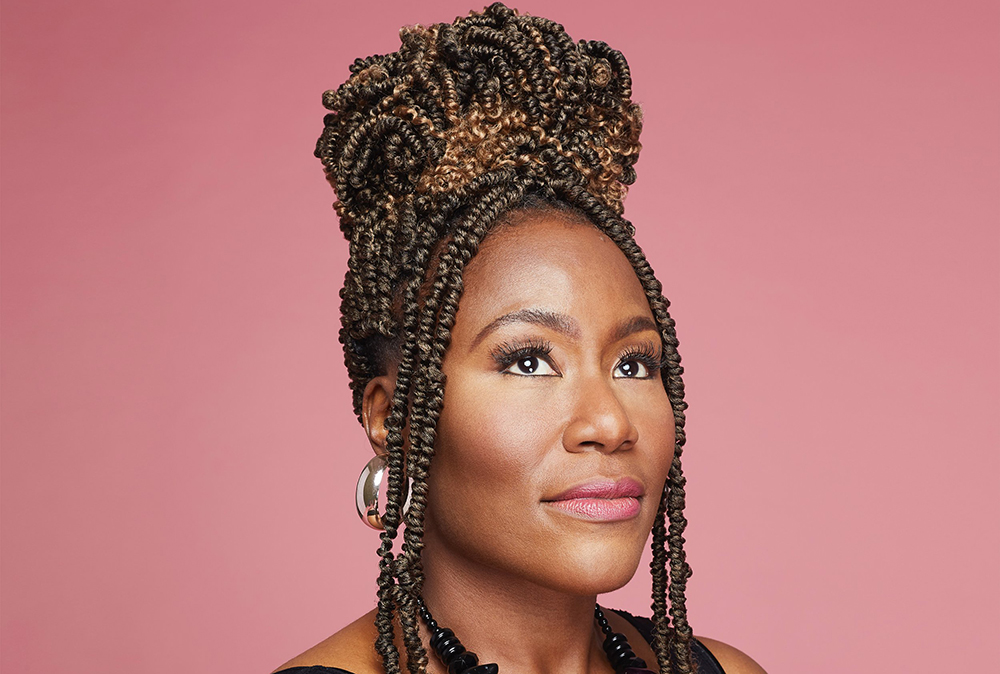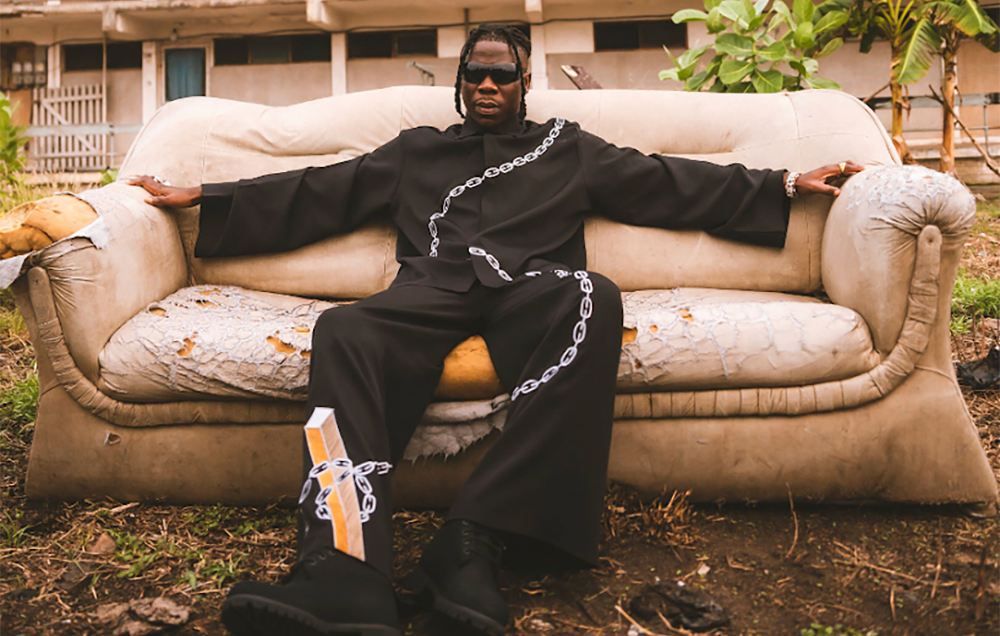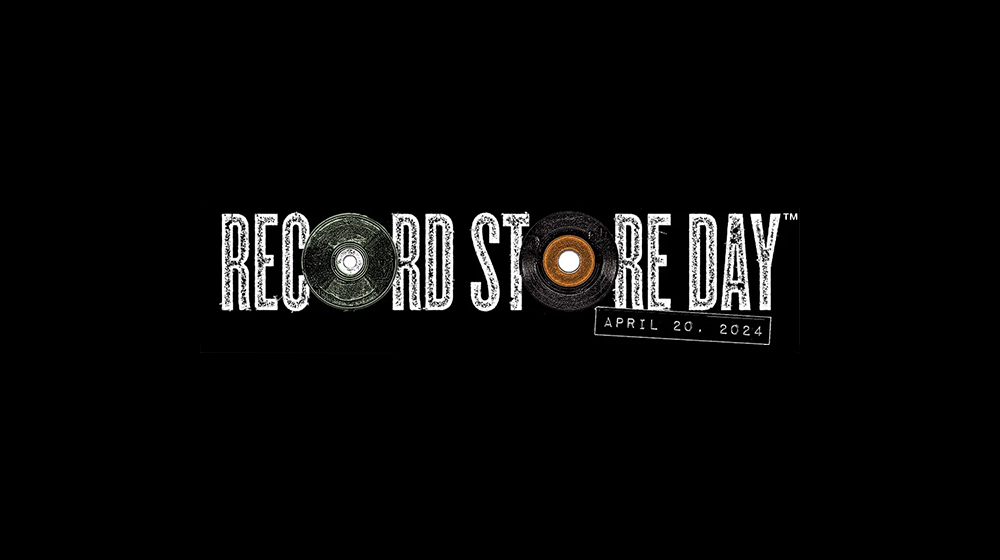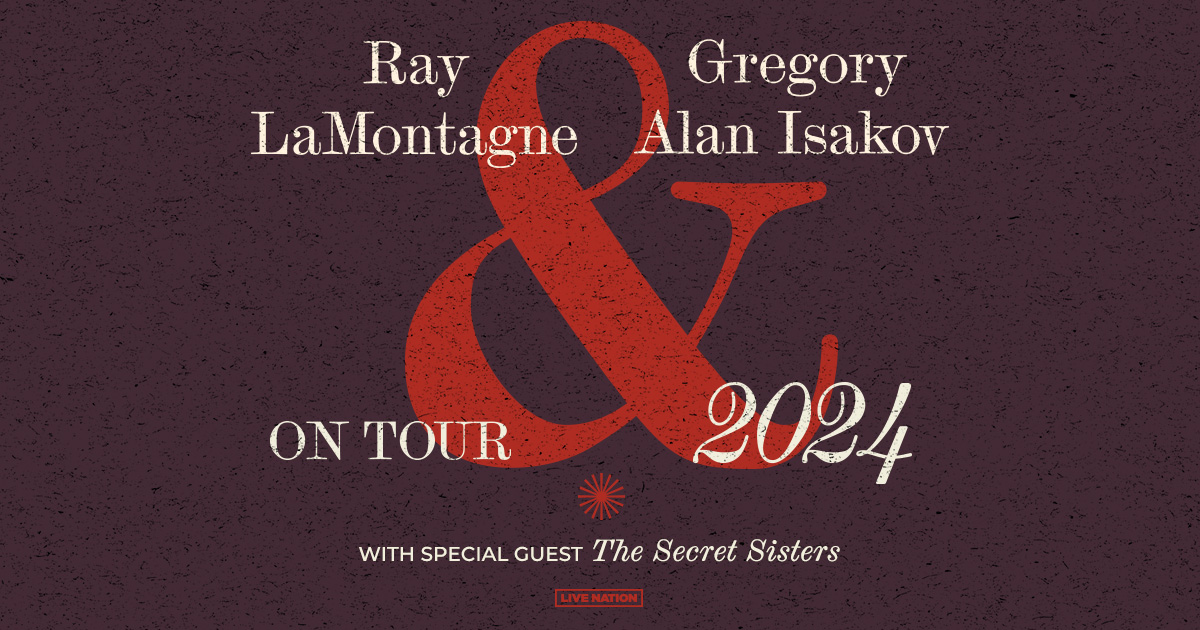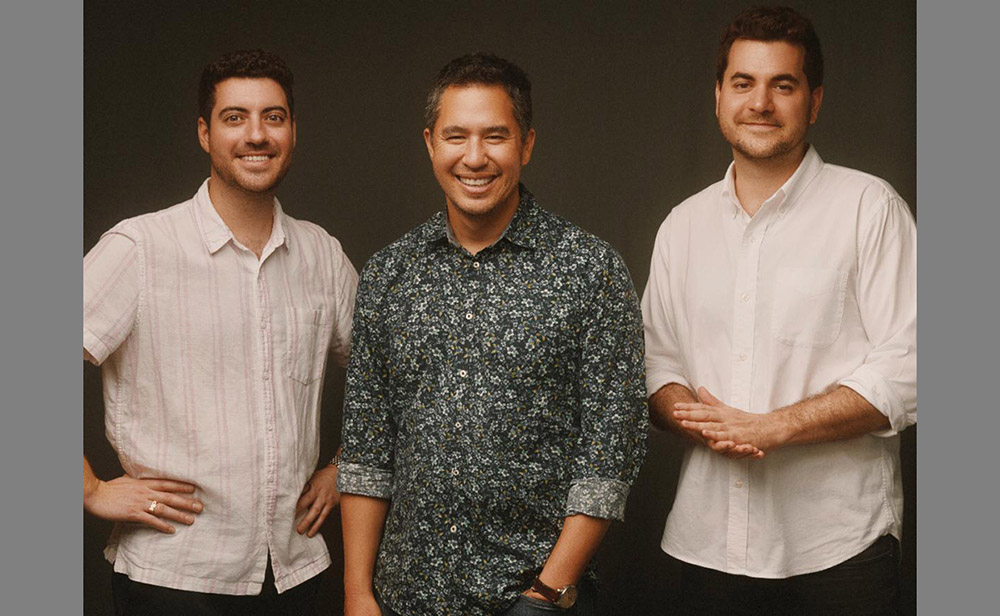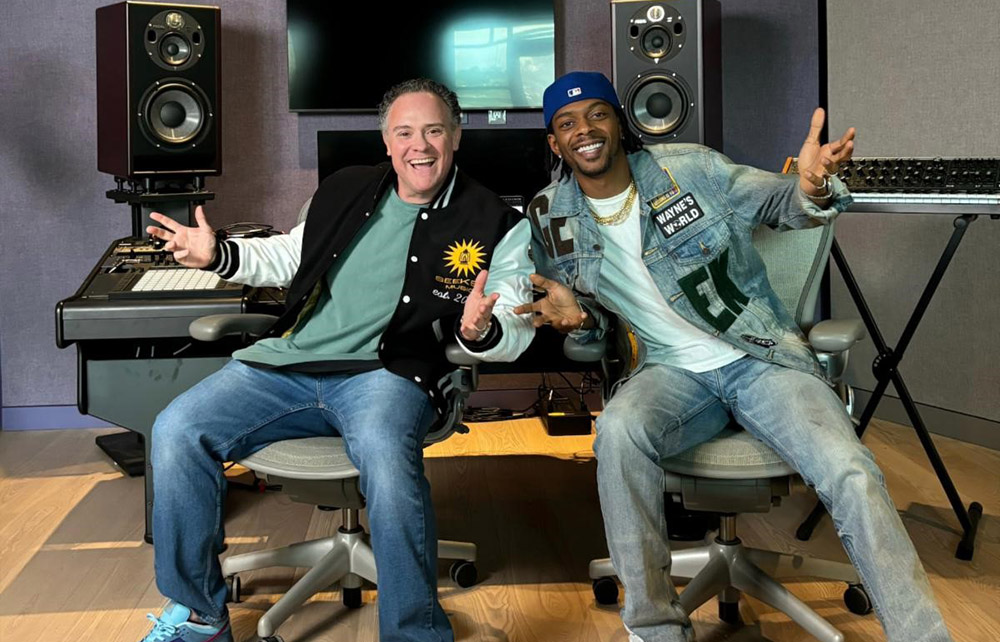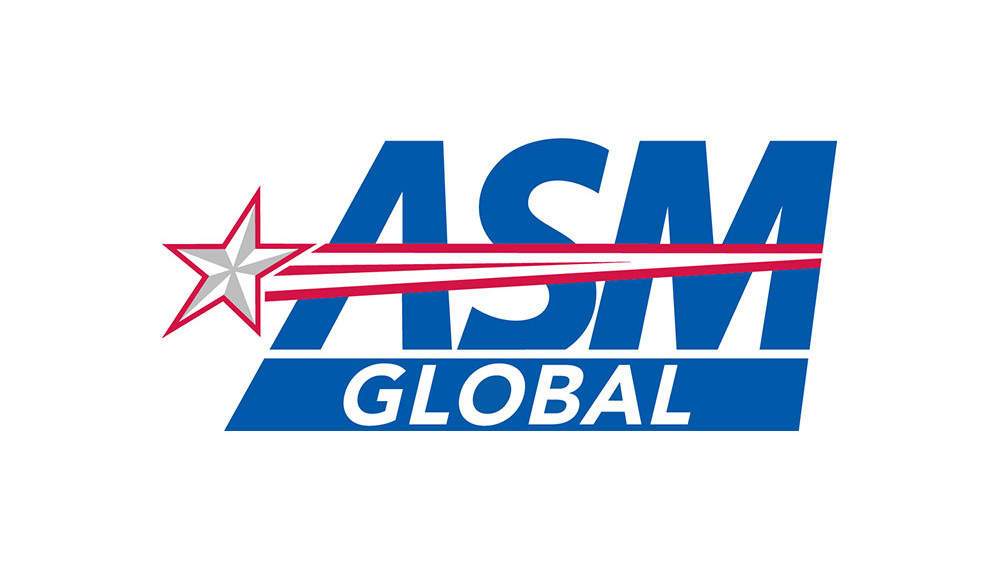(Hypebot) — Musician Eddy Grants lawsuit against the Trump campaign following its use of his hit ‘Electric Avenue’ appears to be steaming on through the courts, despite the Trump Campaign’s efforts to get it dismissed.
Guest post by Stephen Carlisle of NOVA Southeastern University
On September 28, 2021, a District Court denied a motion to dismiss a lawsuit based on one of music composers pet peeves: use of their music in political campaigns. Many times, this occurs when songs are used at campaign rallies. The composers feel that this is an implied endorsement. The campaigns usually rely on a license from the performing rights organizations. However, sometimes the use is in a campaign video, and since this is a “synchronization” use, it absolutely requires a license and absolutely requires permission, even in the internet age.
The song in question is “Electric Avenue” by Barbados based musician Eddy Grant. 1 Released in 1983, it was a huge international hit, going top 5 in Australia, Belgium, Canada, Ireland, the UK and the United States, where it went to number 2 on the Billboard Hot 100. 2
Enter the campaign of Donald Trump. According to the opinion:
“On August 12, 2020, at or about 9:35 p.m., former President Trump published a Tweet from his personal Twitter account containing a fifty-five-second animated video… The video begins with a depiction of a high-speed red train bearing the words ‘Trump Pence KAG [Keep America Great] 2020.’ After the red train passes, the beginning of Electric Avenue can be heard clearly, along with an excerpt of a speech by President Biden. Around the same time, a slow-moving handcar, operated by an animated likeness of President Biden, comes into view… Grant’s song can be heard beginning at around the fifteen-second mark of the video, and continues through the duration of the fifty-five second video… As of September 1, 2020, the video had been viewed more than 13.7 million times; the Tweet containing the video had been ‘liked’ more than 350,000 times, re-Tweeted more than 139,000 times, and had received nearly 50,000 comments.” 3
And of course, no permission or license was obtained. Grant sued and Trump moved to dismiss on the grounds (all together now) “fair use.”
At the motion to dismiss stage, the Court could have taken the position (as have other Courts) that as a mixed question of fact and law, a defense of fair use is not really ripe for discussion or decision at the time the motion is heard. Instead, the Court makes a detailed examination of the defense, and while leaving the door open for Trump to reassert the defense on summary judgement, puts the Trump team on notice that their position is not likely to carry the day.
The Trump team of course asserts that the use of “Electric Avenue” is fair because it is (all together now) “transformative.”
The problem with this assertion is that “Electric Avenue” and the context of the “Trump Train” video have nothing in common. “Electric Avenue” does not add any context, commentary or allusion to the Trump Train video, and vice versa.
As the Supreme Court previously held:
“If … the commentary has no critical bearing on the substance or style of the original composition, which the alleged infringer merely uses to get attention or to avoid the drudgery in working up something fresh, the claim to fairness in borrowing from another’s work diminishes accordingly (if it does not vanish) …. Parody needs to mimic an original to make its point, and so has some claim to use the creation of its victim’s … imagination, whereas satire can stand on its own two feet and so requires justification for the very act of borrowing.” 4
In the mind of the District Court:
“The defendants argue that the video’s use of Electric Avenue was transformative as a matter of law because the video and the song serve different purposes. But the defendants’ argument misapprehends the focus of the transformative use inquiry. While it is true that the animation is partisan political commentary and the song apparently is not, the inquiry does not focus exclusively on the character of the animation; rather, it focuses on the character of the animation’s use of Grant’s song. As the Second Circuit Court of Appeals recently stated: ‘where a secondary work does not obviously comment on or relate back to the original or use the original for a purpose other than that for which it was created, the bare assertion of a ‘higher or different artistic use’ is insufficient to render a work transformative.’” 5
“In this case, the video’s creator did not edit the song’s lyrics, vocals, or instrumentals at all, and the song is immediately recognizable when it begins playing around the fifteen-second mark of the video, notwithstanding that audio of President Biden’s speech can be heard simultaneously. Moreover, the animation does not use Electric Avenue as a vehicle to deliver its satirical message, and it makes no effort to poke fun at the song or Grant.” 6
“The defendants concede that the video here is clearly satire, not a parody of Electric Avenue or Grant, and the defendants have offered no justification for their extensive borrowing. The fact that the video on the whole constitutes political messaging…does not, by itself, support a finding of transformative use.” 7
Next up, the Trump Team argues that “political uses are by definition, not commercial uses.” 8
But again, the Court notes that the Supreme Court has already ruled on this point.
“The crux of the profit/nonprofit distinction is not whether the sole motive of the use is monetary gain but whether the user stands to profit from exploitation of the copyrighted material without paying the customary price.” 9
The District Court writes:
“Nothing about the song was integral to the video’s political message, which is conveyed by the animation and the unflattering excerpts of President Biden’s speech. Indeed, the defendants explicitly disclaim any overlap between the purposes of the song and the video. Thus the video does not rely on the song to express its political message; rather, the video incorporates music–like many videos do–to make the video more entertaining and memorable. In no sense does the video parody the copyrighted song or use the song for purposes of commentary. Moreover, there is a well-established market for music licensing, but the defendants sought to gain an advantage by using Grant’s popular song without paying Grant the customary licensing fee. Accordingly, the video’s use of Electric Avenue appears to be commercial, notwithstanding the video’s political purpose. At the very least, the defendants have failed to show that the use was noncommercial as a matter of law.” 10

After ruling that the second factor, the “nature of the copyrighted work,” was neutral, the Court turned to the third fair use factor “the amount and substantiality of the use.” The Court rules:
“The introductory portion of the song that is used in the animation is immediately recognizable. The excerpted portion of the song also includes the chorus, which repeats six times during the song, comprises the majority of the song’s lyrics, and is of central importance to the original work. Moreover, while the excerpted forty seconds of the song make up only 17.5% of the song’s total length, the song plays for 72.7% of the animation’s duration. ‘The ultimate question under this factor is whether ‘the quantity and value of the materials used are reasonable in relation to the purpose of the copying.’ (citation omitted). That is plainly not the case here. The song plays for the majority of the animation; the excerpt is of central importance to the original work; and the defendants have not articulated any purpose for the copying. Accordingly, this factor favors Grant.” 11
As to the fourth factor, the “market effect,” the Trump Train finally goes off the rails by forgetting, or ignoring, that “fair use” is an affirmative defense, one for which Trump, not Grant, has the burden of proof.
“[Defendants] argue that Grant has failed to offer evidence that he has entered, or intends to enter, the market for licensing music to promotional videos. But Grant bears no such burden, particularly in response to a motion to dismiss. The plaintiffs have satisfied any initial burden of identifying the relevant market–licensing for promotional videos–as a market that the defendants’ copying would harm. It is the defendants who bear the ultimate burden of showing a lack of market harm, and they cannot do so based simply on the allegations in the Complaint.” 12
“The creator of the video here made a wholesale copy of a substantial portion of Grant’s music in order to make the animation more entertaining. The video did not parody the music or transform it in any way. The video’s overarching political purpose does not automatically make this use transformative, and the other fair use factors also favor the plaintiffs at this stage. Accordingly, the defendants have failed to demonstrate fair use as a matter of law. The defendants may reassert their fair use defense at the summary judgment stage when there is a more developed factual record.” 13
“Certainly political speech, and in particular ‘[t]he act of ridiculing and lampooning public figures is a rich part of our First Amendment tradition’… However, denying the defendants’ fair use defense in this case–especially at this early stage in the litigation–will not chill legitimate political satire. Creators of satirical videos like the one at issue here must simply conform any use of copyrighted music with copyright law by, for example: paying for a license; obtaining the copyright owner’s permission; or ‘transforming’ the chosen song by altering it with ‘new expression, meaning, or message.’ The creator of the video here did none of that.” 14
Perhaps a generous settlement offer to Mr. Grant is in order.
Notes:
- Wikipedia – Electric Avenue (song) ↩
- Id. ↩
- Grant v. Trump 2021 WL 4435442 SDNY 2021 at 1 (Page References are to WestLaw paging. ↩
- Acuff-Rose v. Campbell 510 US 569 at 580-581 (1994) ↩
- Grant v. Trump 2021 WL 4435442 SDNY 2021 at 3 ↩
- Id. at 4 ↩
- Id. ↩
- Id.at 5 ↩
- Harper & Row Publishers, Inc. v. Nation Enters., 471 U.S. 539, at 562 (1985). ↩
- Grant v. Trump 2021 WL 4435442 SDNY 2021 at 5. All citations omitted. ↩
- Id. at 6 ↩
- Id. at 7 ↩
- Id. at 8 ↩
- Id. at 7 ↩

